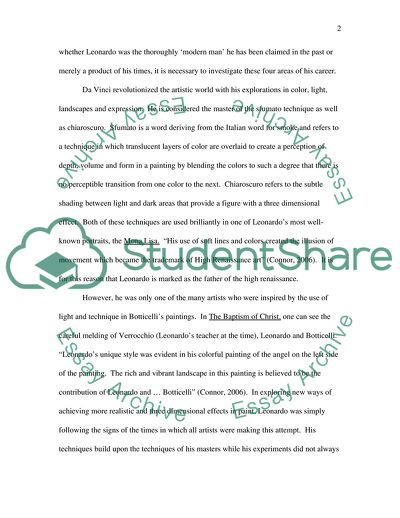Cite this document
(Leonardo da Vinci: A Man of His Times or a Visionary Assignment, n.d.)
Leonardo da Vinci: A Man of His Times or a Visionary Assignment. Retrieved from https://studentshare.org/visual-arts-film-studies/1710856-leonardo-da-vinci
Leonardo da Vinci: A Man of His Times or a Visionary Assignment. Retrieved from https://studentshare.org/visual-arts-film-studies/1710856-leonardo-da-vinci
(Leonardo Da Vinci: A Man of His Times or a Visionary Assignment)
Leonardo Da Vinci: A Man of His Times or a Visionary Assignment. https://studentshare.org/visual-arts-film-studies/1710856-leonardo-da-vinci.
Leonardo Da Vinci: A Man of His Times or a Visionary Assignment. https://studentshare.org/visual-arts-film-studies/1710856-leonardo-da-vinci.
“Leonardo Da Vinci: A Man of His Times or a Visionary Assignment”, n.d. https://studentshare.org/visual-arts-film-studies/1710856-leonardo-da-vinci.


